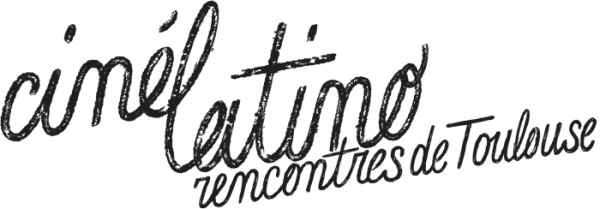- Film présenté cette année à Cinélatino
CUATES DE AUSTRALIA. Competencia Documental. Mejor Documental Mexicano (Premio XVI Jose Rovirosa); mejor Documental (XVI Festival Internacional de Lima); mejor Documental (XVIII Festival Internacional de cine de Los Angeles; mejor documental mexicano (XXVII Festival Internacional de Cine de Guadalajara).
- Direction
- Everardo González
- Country
- Mexico
- Format
- Feature film
- Type
- Documentary
- Original title
- La libertad del Diablo
- Planned casting
- People around a slaughtered corpse: The Doctor; the Mother; the Son; the Widow; the Rescuer; the Sergeant; the Policeman; the Hitman; the Overlooker.
- Scenario
- Everardo González, Diego Osorno
Everardo González
–
Filmography
“La canción del pulque” (2004)
“Los ladrones viejos” (2007)
“El cielo abierto” (2011)
“Cuates de Australia (2012)
Note of intent
DEVIL’S FREEDOM is a psychological documentary that approaches some of the ways in which the phenomenon of violence in Mexico has embedded in our subconscience, in forms such as fear.
The trigger of the story is the emergence of a corpse that suffered a violent death. Throughout the testimony of several people close to the victim, the national subconscience will be explored. Some of the consequences this war has brought into the minds of the protagonists of the story will be revealed. Stories of childhood, the appearance of the first night fears, the story about growing up alone, without parents, will appear in the documentary.
This project is not intended to be an apology of violence; on the contrary, its intention is to get closer to the human being’s thoughts, reflections and fears. Thus, it will be a portrait about how violence has been inserted into our subconscience and about the fears and uncertainty it has brought to our society.
Synopsis
In five years, its estimated that the war against organized crime in Mexico has left a death toll of 100,000 people executed and more than 300,000 indirect victims (children, widows, parents, friends of the deceased, etc.).
This documentary will record the stories of some of the victims of these nationwide stories, of those who committed the acts of violence, of those that suffer them, and of those who work in the resolution of the cases. Throughout a collection of testimonies, the viewer will perceive the chronicle of such terrible times.
As in any war, in Mexico, violent death has become a daily occurrence, the deceased have been stripped of their dignity, becoming just cold statistics of a war that hasn’t been neither won nor lost. Mexicans have now grown accustomed to have breakfast with news splashed with blood; media have focused on incubating cold statistics, each victim is presented only as a side note, without going through the filter of compassion and empathy necessary to digest and purge the horror. Due to the foregoing, this documentary will not focus on the violent act itself, but on the fears and nightmares of people close to such terrible events.
The voices that shape the story will be those of civilian witnesses, police force, grave diggers, boys that go through adolescence with resentment, families that suffered forced exile; the voices of immigrants who take a train just to fall into the hands of an executioner, widows and mothers looking for their children and partners.
The result will be a reflection of how fear has been inserted into our subconscience.
Visual concept
The project relies heavily on the ability to provide anonymity to the protagonists. All persons that appear in frame will be wearing a mask. The use of the mask has the specific purpose of covering the face. However, this is a concealment that discovers intimacy. That is, on one hand it covers and in the other one discovers. The history of each testimony will be accompanied by a vignette of everyday life, and in each sequence any person appearing on screen will be masked. It is a psychological documentary in which what we see and hear will mark our subconscience.

- Objectives sought in Films in Development
To rise money from European fundings.
- Shooting planned date
September 2014
- Planned shooting location
Chihuahua, Coahuila, Nuevo Leon, Tamaulipas, Veracruz, Guerrero, Jalisco, Michoacan, Mexico City
- Budget
- €420.000
- Percentage of funding in place
- -
- Project's development phase
The documentary and investigation will take their shape based on the main story lines of the film, which have been already written down.
- Biographie producteur.ice
–























